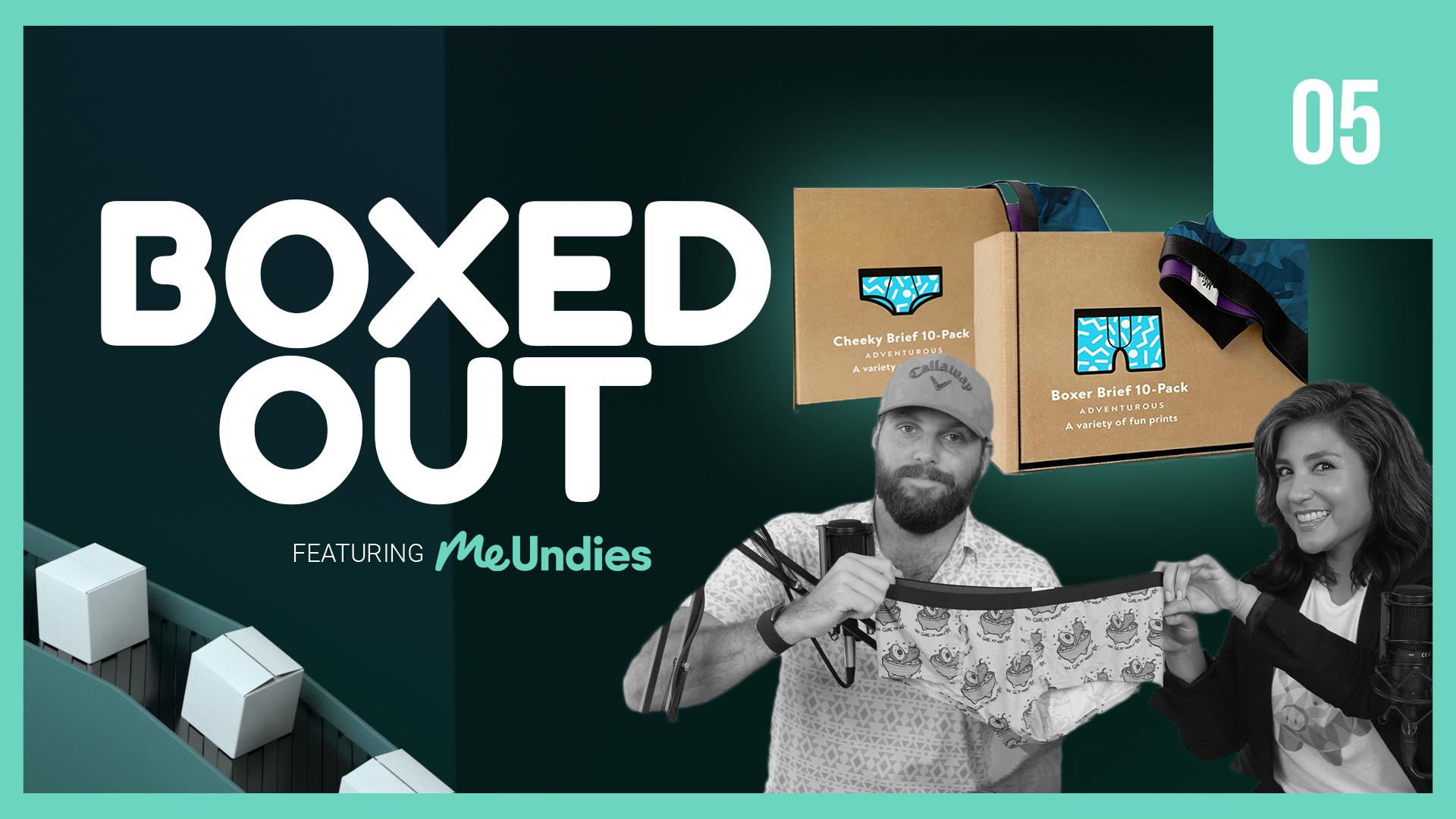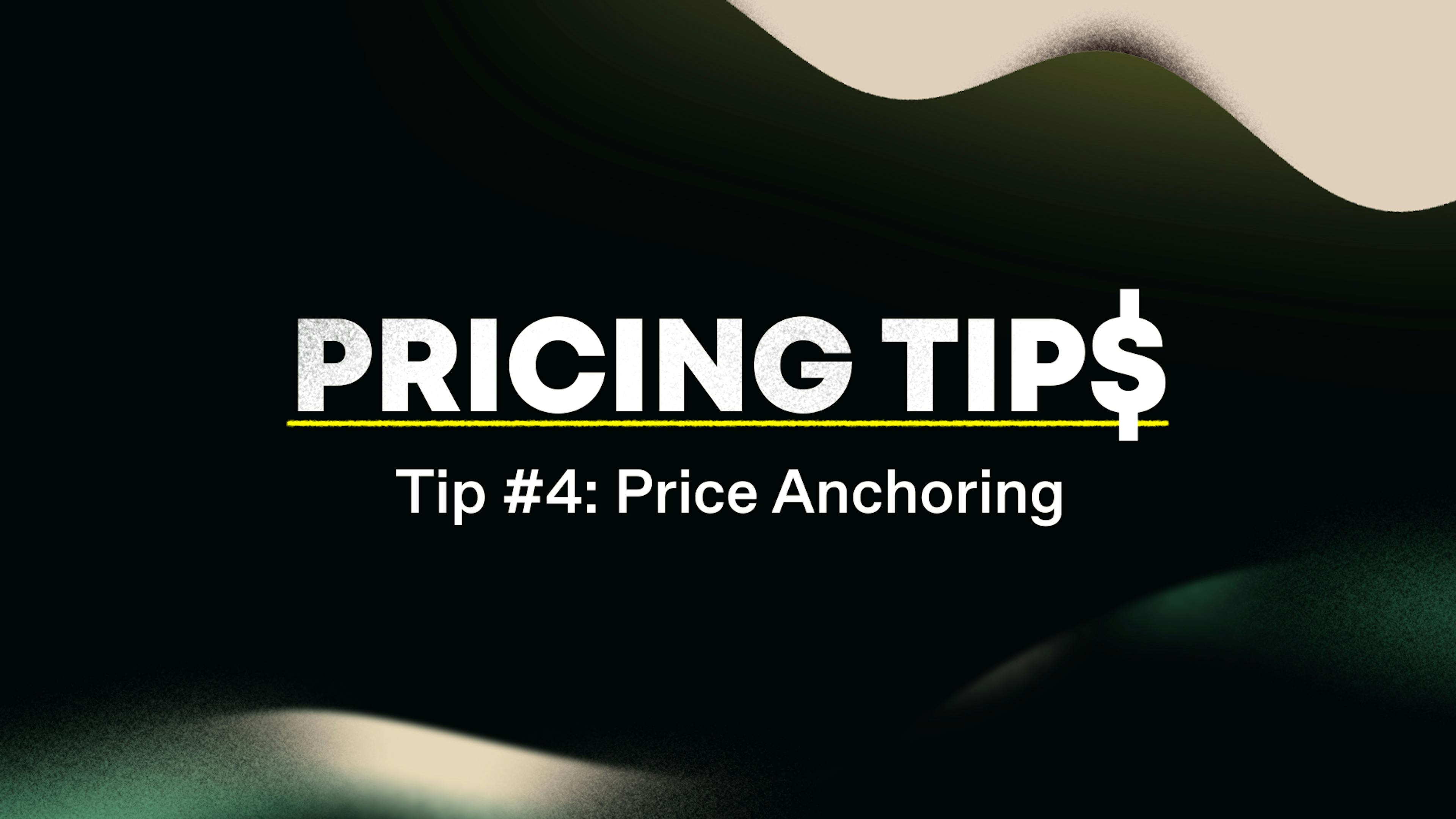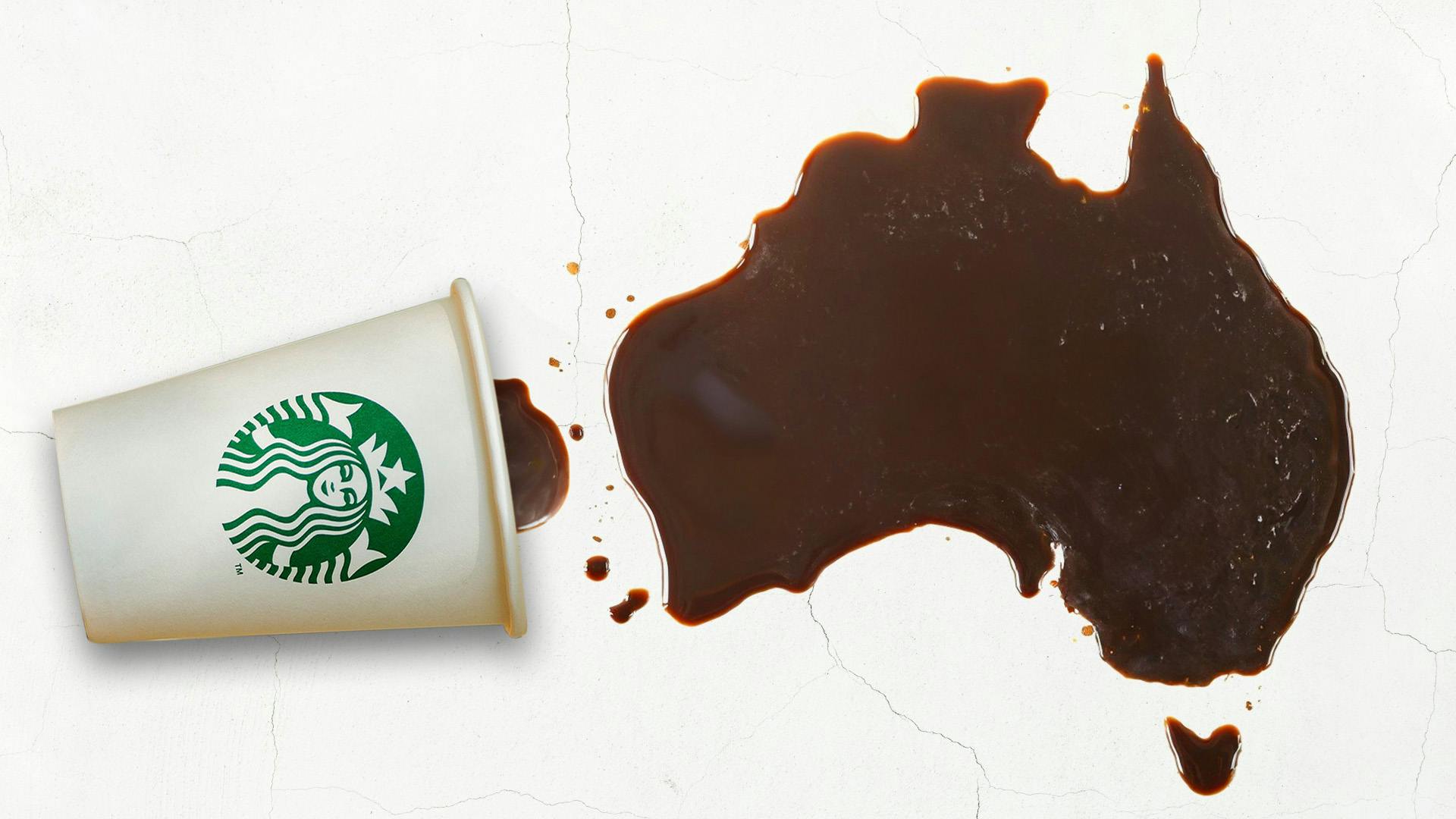
Bottomless: A smarter coffee subscription
This episode might reference ProfitWell and ProfitWell Recur, which following the acquisition by Paddle is now Paddle Studios. Some information may be out of date.
Please message us at studios@paddle.com if you have any questions or comments!
Today we're talking about Bottomless, a company that's revolutionized the subscription coffee market. We're going to learn how Bottomless utilizes a unique ordering system to fuel growth and then we're going to jump into what they're doing great—and not so great—with their subscription retention strategy, wrapping this all up into a nice case study for improvements for your own brand.
Bottomless has raised the bar when it comes to consumable brands. By solving the "how much" problem, they've gone beyond the typical convenience of home delivery. Offering innovations in terms of tech and pay period, this start-up has clearly cracked the code on the perfect cup of Joe. But, have they been as innovative with their retention strategy?
Key takeaways:
- Solve the “how much” gap
One of the hardest things about offering a consumable goods subscription is knowing how much product to ship and when. Bottomless’ scale allows for an easy way to measure that usage to, ultimately, send the right amount of product at the right time. The customer wins and the business definitely wins, too.
Not all of your products will work with a scale. But there are many possibilities and the hardware technology is advancing to make this viable. Think through it and find ways you can do this even in a low-tech way. - Offer the option to upgrade to a quarterly or annual plan
Quarterly, semi-annual, and annual subscriptions all improve retention immensely, and tend to have 200% to 400% higher lifetime value.
Keep in mind that new customers may want to try the product out before committing to something longer term, so reminding them through a plain text email with an offer, and then a one-click upgrade to a longer-term plan will help in boosting overall lifetime value considerably. And remember that using physical amounts, whether it's offering a free product or a physical dollar amount off, works roughly 2x better than using a percentage off. - Optimize offboarding and credit card failure process
Be sure to include salvage offers in your offboarding process. Companies with proper offboarding and salvage offers tend to save 15-30% more customers who go through a cancellation flow. Direct customers to different salvage offers after a brief one- to two-question survey when they try to cancel.
On the credit card side, we just need to set them up for success with the classic four to five plain-text email drip that’s augmented with SMS messages (something you can do with ProfitWell SMS Churn Recovery), no sign-in forms, and a proper retry schedule. Credit card failures are the cause of up to 40% of churn and cancellations. So if you don’t have a solid strategy to recover those customers, they’re not coming back.
Bottomless
According to the National Coffee Association, we drink about 500 billion cups of coffee per year, worldwide. That’s about 2.25 billion cups of coffee per day. And second only to water (because we need it to live), it’s the most consumed daily beverage in the US.
The global coffee market is expected to reach $144.6 billion by 2025, no surprise there. And although fast-food and drive-thru friendly joints like McDonald's and Starbucks have long dominated the industry, subscription services are making a significant play for the title. As we've seen, consumers are becoming more and more accustomed to home delivery and convenience.
The trouble with traditional subscription services is the risk of running out of coffee before the month is up, or paying for more product than you need. Bottomless—a subscription coffee delivery service—is seeking to address these issues head-on.
Liana Herrera immigrated to the United States from Peru when she was just 18 and without speaking a lick of English. But she was ready to work hard and achieve her dreams. And she did—she came up with the idea for Bottomless as a result of her own subscription struggles. She was a fan of Soylent, another familiar subscription name, but found herself never having the product when she actually needed it. Her devised solution was a one-of-a-kind subscription service that combined online ordering with in-person hardware.
Along with co-founder Michael Mayer, Herrera began crafting homemade, WiFi-enabled scales. These smart devices would hold subscriber's coffee bags and constantly weigh the depleting supply. After a certain point, the scale automatically orders a refill for your bag—mimicking the "bottomless" drink experience you might expect at a restaurant.
Bottomless has grown to support thousands of monthly subscribers. Needless to say, the scales aren't hand-soldered anymore. Still, it was this early tenacity and determination that sparked Bottomless' success.
Bottomless' success
The mindlessness of the Bottomless ordering system aids substantially to their success. Rather than limiting users to a set, monthly rate, the Bottomless scale automatically orders coffee at the rate you need it. And though it might be a little harder to budget for, and easier to spend more—with bags ranging from $12 to $24—it still costs less than dining out and it’s much more convenient.
Bottomless also focuses on meeting the customized needs and tastes of their coffee-lovers. They offer a huge selection (500 blends) of brands and blends. You can also take their coffee quiz to be paired with a taste that best suits you, or expand your palette by ordering a different one each time. The wide menu option brings a café feel that is usually lacking from a home coffee experience—and it’s all customizable to your liking.
The Bottomless journey begins when you choose your favorite coffee or set up a rotation of a few. It's selection of over 500 blends also allows you to support local businesses and pursue familiar flavors.
Your first order comes with the wireless scale and an initial charge that lasts up to nine months. The scale can be programmed to order based on your personal needs and comfort level. Those who are particularly "ambitious" can have their next bag shipped when the first is still half full. With that kind of peace of mind, you can treat yourself to two cups in the morning.
Bottomless marks a new era of subscription services in which personalized product is no longer enough. Thanks to Herrera and Mayer's ingenuity, consumers can begin to dream of a world in which these services match your tastes and your pace. Offering innovations in terms of tech and pay period, this start-up has clearly cracked the code on the perfect cup of Joe.
Not everything's amazing about Bottomless’ strategy though—but there’s still a lot to learn from them. They do a great job at really leaning hard into their customer personas with a wide variety. That being said, we need to remember: retention is key and an area where most brands mess up
Retention Review
Why is retention important?
You spend half of your budget and time acquiring customers, but to be successful, you need to keep them. The beauty of the subscription model is that the relationship with the customer is baked directly into how you make money. If that customer is happy, they'll keep buying from you in the long term. If they're upset or not seeing the value, they'll cancel—quickly.
Plus, money talks here. Subscription ecommerce companies using the tactics we're going to talk about have 2x the customer lifetime value (LTV), 2x the average order value, and 3x higher growth rates, because they're not worried about plugging a leaky retention bucket.
To highlight the importance here, let's look through Bottomless' retention strategy and break down what they're doing well, and not so well, so you can learn for your own DTC business.
Retention has three parts:
- Active churn, which are customers who are actively choosing to cancel your product.
- Expansion revenue, which are your existing customers that buy more product.
- Delinquent (or involuntary) churn, which are customers who's credit card or payment has failed, which sadly is one of the largest single buckets of where you're losing money.
Active Churn
When we look at Bottomless' active churn, there are so many reasons why a customer may cancel—some you can control, others you can't. We want to make sure Bottomless is not only setting up their customers for long-term retention in the initial purchasing process, but that they're also collecting information on why someone's cancelling, if they so happen to, in order to get a clean cycle of retention improvement.
I’m excited to talk about Bottomless’ scale. It’s brilliant. It’s amazing. It’s what I want every brand that has a consumable good to do. It’s so, so, so good.
Ok, so here’s the issue that 100% of consumable brands run into with their subscriptions: they don’t know how much to send. Most brands solve this by asking people about their habits to determine how often and how much product they should send to the customer. Yet, a lot of times the customer doesn’t know how much they’re actually using. It’s basically the age-old economic problem of stated preference vs. actual preference. Bottomless’ scale solves this problem by actually measuring how much coffee is left, and then timing shipments based on your preferences to show up at the right time. It’s a game changer.
It not only solves the “how much” problem, but also ensures freshness for a great experience. It’s super rare to see in the market—although Amazon did come out with a similar scale called Amazon Shelf that does something similar. I hope we see more of this with the explosion of the internet of things in the future.
Everything else seems not as good as that scale, but I do also love the membership option they’re offering. They’re targeting the hardcore coffee aficionado. They’re not only offering a myriad of options when it comes to coffee roasts, but they’re also offering shipping incentives and bespoke roasts.
What most brands miss with their memberships, is that the incentives they’re providing are already in their core product. All they’re doing is reshuffling their logistcs and their offerings to add an element of prestige. And this not only brings people deeper into their brand, but also provides some predictable monthly recurring revenue in addition to the one-off purchases.
Data supports this. A study we completed on just over 5,000 subscription ecommerce companies showed that those customers who were part of a membership tended to have 20% higher average order value (AOV) and 10% better retention overall. It creates lock-in to the product making Bottomless, in this case, their go-to coffee company. And building that brand community is always great for your business.
One last thing I’d like to point out is the quiz they offer in the beginning to help cater your coffee experience. If they have hundreds of brands, they need to make sure I don’t get caught “doom scrolling,” and actually make a purchase. By asking me about my preferences and variety, they make the buying experience personal. This, in turn, leads to a better experience with the product. It seems like the company cares and helps with customer segmentation. The big takeaway here is you don’t need something complicated upfront, but you do need to learn about your customer at least on a high level. Then use those learnings in their onboarding and through nurture marketing.
Expansion Revenue
Expansion revenue is crucial, because your existing customers are more than willing to buy 3x more from you—you just have to make sure to ask. Plus, those customers who have at least one add-on or additional purchase tend to have 18-54% higher lifetime value, meaning they're paying you more over the life of the subscription, but they're also sticking around longer, because they're more ingrained within your product.
Bottomless is far from perfect in this area. One thing I did like, however, was the huge variety. There are so many different types of coffee. This company isn't for someone who wants the same thing everyday. This makes Bottomless the perfect company for coffee. It's almost like a Netflix DVD queue (sorry, is that showing my age?), but in this case I get to try different blends at different price points. They advertise all of these right on the page, and I can also buy one-offs—all helping their expansion revenue.
Notice the hardcore filtering setup they offer to parse through all these brands. A lot of brands in the space get too religious about keeping it simple, or showing everything, when in reality it’s how and when to show the options. Bottomless doesn’t show you this until you’re basically a part of the club, and when they do show you, they give you options to filter. We could all learn a lot from them.
I also think they should offer up a sampling pack of sorts. I’m not sure it works with their supply chain, but right now if I want to try a lot of coffees, I have to buy the different ones as a one-off, which kind of defeats their freshness value propsoiton. It’d be interesting for them to have gateway packs that they could actually attract new customers with, but also encourage me to do more tastings, which would mean deeper retention.
It’s something more brands in the consumable space should do. Another piece more brands should do, including Bottomless, is offering some sort of donation option. Bottomless is actually positioned well to offer some sort of donation mechanism to help with sustainable coffee. They’d be doing it out of the kindness of their hearts, which obviously is great, but also because it’s good business.
Remember that customers who have a charitable donation bundled with their subscriptions tend to retain at a 10 to 20% higher rate than those who don't. And this is based on a study we completed on just over 30,000 DTC subscription customers. Since so many subscription ecommerce brands have a social component, it's a great thing to add to the onboarding flow.
Credit Card Failures
Now let's talk about the sexiest topic in the world—credit card failures. We know you don't wake up sweating in the middle of the night thinking about credit cards—that's our job—but here's why we obsess over things like this: just under 40% of the customers that leave you are leaving you because of failed payments. To get these folks back, we want to make sure Bottomless is treating these folks like a marketing channel, sending them messages before the point of failures, all the way to after the point of failure through email and text messages.
This is where Bottomless like most brands needs a good amount of work. They need to make sure they’re shipping four to five plain text emails that appear as if they’re coming from a person rather than anything market-y and over designed. Plain text works so much better than HTML and market-y emails, because they build reciprocity with the customer who then feels obligated to respond or, at the very least, not ignore the problem and just archive the email—especially if you include the value messaging Bottomless is so good at in their cancellation flow.
And don’t forget SMS notifications. These messages have a 90% open rate within three minutes. Don’t overdo it, but a message or two with those emails will ensure you get a response in a hurry.
Overall:
Bottomless has done an above average job, but there's still some work that can be done. They just need to take the talent they've applied to the brand, product, and experience and apply it more to the retention side of their business.
Retention Revamp
Let's revamp. First though, why do we feel we have any authority to even talk about this? Roughly 20% of the entire subscription market is using ProfitWell, so we're sitting on more data than anyone else. Simply put, we have the data to know what works and what doesn't, and we care more about this problem than anyone else out there.
Let's walk through three big things we'd change immediately about Bottomless' retention strategy, so we can all learn for our own brands.
Steal it
The scale
One of the hardest things about offering a consumable goods subscription is knowing how much product to ship and when. Not everyone drinks coffee at the same rate—the same goes for how often people shave, dye their hair, eat meat, etc. The scale allows for an easy way to measure that usage to ultimately send the right amount of product at the right time. The customer wins and the business definitely wins, too.
Not all of your products will work with a scale. After all, for hair dye you use it or you don’t, but there are many other ways to tell if usage took place. A hair dye company could have a bottle that knows if it’s empty or not. A food product could have some sort of app that needs to be used with the product. A toothbrush could indicate how often it’s used to gauge when toothpaste needs to be sent. There are a ton of possibilities and the hardware technology is getting there to make this viable.
Think through it and find ways you can do this even in a low tech way—sending emails to get feedback on the usage of the product and then you can back into how much has been used. Just make sure you’re solving the “how much” gap.
Change it
Offer the option to upgrade to quarterly or annual plan
Bottomless could benefit by offering the option to upgrade to a quarterly or annual plan after the purchase has been made, as well as before. Quarterly, semi-annual, and annual subscriptions all improve retention immensely. In fact, quarterly and annual customers tend to have 200 to 400% higher lifetime value. This data is based on an analysis we completed on over 5,000 subscription ecommerce brands. This is mainly because these customers aren’t making purchasing decisions every month when they see the receipt.
Keep in mind that new customers may want to try the product out before committing to something longer term, so reminding them through a plain text email with an offer, and then a one-click upgrade to a longer-term plan will help in boosting overall lifetime value considerably. And remember that using physical amounts, whether it's offering a free product or a physical dollar amount off, works roughly 2x better than using a percentage off. Every brand should be doing this, but we don’t see it often.
Optimize offboarding and credit card failure process
Their current offboarding strategy is pretty basic. They should direct customers to different salvage offers after a brief one- to two-question survey when they try to cancel.
On the credit card side, we just need to set them up for success with the classic four to five plain-text email drip that’s augmented with SMS messages, no sign-in forms, and a proper retry schedule. Credit card failures are the cause of up to 40% of churn and cancellations. So if you don’t have a solid strategy to recover those customers, they’re not coming back.
Who's up next?
Next week we're talking about underwear. Well, underwear and all sorts of other clothes with MeUndies. MeUndies has become popular by offering underwear, socks, and other clothes right to your door. Tune in to find out what they’re getting right, and wrong, with their retention strategy.






